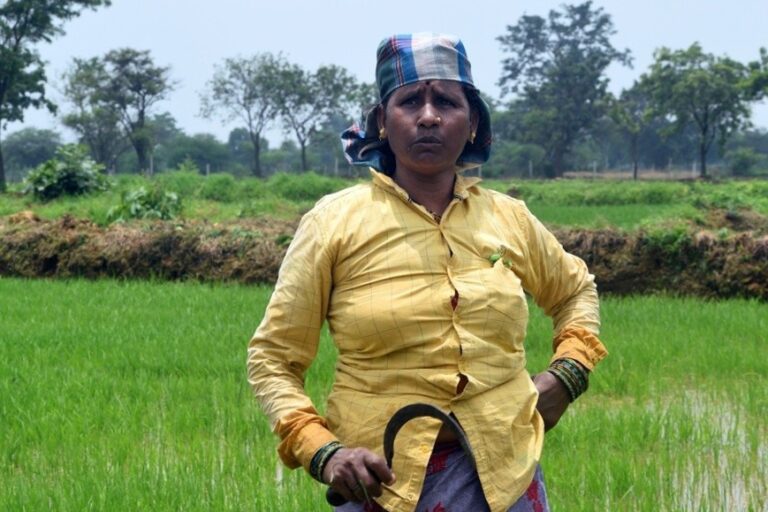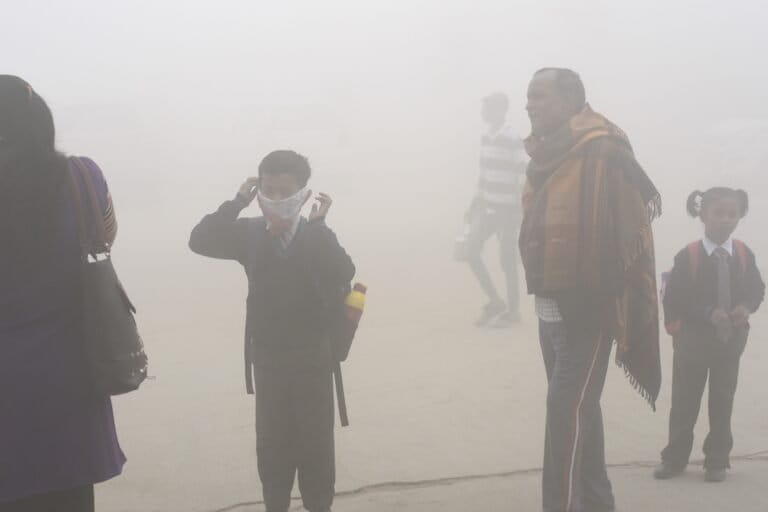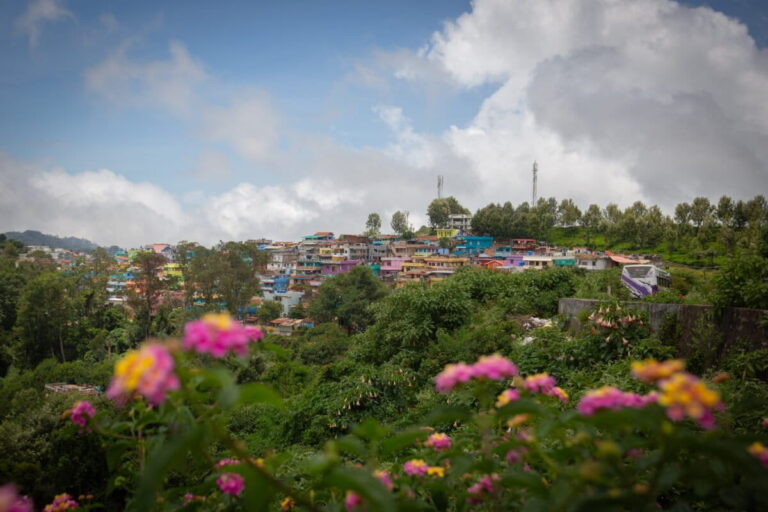- More than Rs. 13,000 crores have been spent in flood protection measures through national schemes since 2007.
- Flood protection structures can lead to a false sense of security, leading to more activity along floodplains.
- Between the Ganga and Brahmaputra basins, the Brahmaputra showed greater vulnerability resulting from flood protection structures.
Flood control has always been an important mission for the Indian government. Since 2007, more than Rs. 13,000 crores (Rs. 130 billion) have been spent in flood protection measures through national schemes. Even as these measures are deployed with speed and scale, floods have, in some places, become more severe. In fact, data from the Central Water Commission shows that despite high investments in flood mitigation measures, the number of people affected and the economic damages resulting from floods have not reduced.
Researchers from the Indian Institute of Technology (IIT), Delhi sought to study this paradox in the Ganga and Brahmaputra basins. While the Ganga basin is the most densely populated river basin in the country, the Brahmaputra is prone to severe fooding every monsoon. Both basins are popular destinations for flood protection structures (FPS), such as embankments and dykes.
“The main intention behind studying two major basins and multiple FPS structures was to explore the universality of levee-effect,” said Apoorva Singh, lead author of the study. The levee effect describes a phenomenon where building flood protection systems leads to increased development and activity in floodplain areas, driven by a heightened sense of safety.
However, when larger, more intense flood events occur, the levee effect results in a higher risk. The study finds that flood protection structures have indeed led to a false sense of security along the Ganga and Brahmaputra basins, increasing vulnerability to floods.

Flood protection and vulnerability
Assessing the impacts of flood protection structures on vulnerability also involves assessing what constitutes exposure and risk to flooding. Typically, the success or failure of flood protection structures is measured by how well they reduce or prevent physical damage. Many flood protection structures are able to withstand low intensity floods. “However, recent studies indicate a paradigm shift from hazard mapping to vulnerability assessment, thus identifying the safety and well-being of the people as the focus of all flood mitigation efforts,” the paper says.
The researchers assessed the impacts of 132 flood protection structures in both basins – 60 in the Ganga basin and 72 in the Brahmaputra basin. The two basins were also chosen because of their distinct socio-economic characteristics. The primary activity along both floodplains is agriculture, but in the Ganga, agriculture is commercial and in the Brahmaputra it is shifting cultivation.
To assess impacts, the study captured land use changes using satellite data from 2005-2006 onwards, since most flood protection structures were commissioned after 2007. The focus of the land use change analysis was on changes in agricultural and built up land along the floodplains.
The researchers also developed a socio-vulnerability index, which included three components: exposure (assets and values located in flood-prone areas), susceptibility (system characteristics that influence the extent to which the exposed population is harmed), and resilience (the ability of a community to prevent harm or to recover in the face of damage).
“We conceptualised the socio-vulnerability index in such a manner that it majorly incorporates the land use changes in addition to physical factors like flow accumulation, presence of transport for safe relocation, and large urban clusters near the FPS,” said Singh, adding, “The underlying assumptions here are that the increase in urban growth indicates increased socio-economic activities in the region, making the region more vulnerable. Inclusion of all-season roads partially addresses the aspect of infrastructural resilience.”

The analysis found that the social-vulnerability index increased generally from 2005–2006 to 2018–2019. “However, in most regions, the vulnerability in the vicinity of FPS has shown a higher increase than elsewhere,” the study says. Even smaller, lower cost flood protection structures produced a “levee effect,” compared to bigger, more visible ones. “The increase in vulnerability in the vicinity of FPS can be attributed to the increased population and economic activity in the regions around FPS,” the study adds.
Between the Ganga and Brahmaputra basins, the Brahmaputra showed greater vulnerability resulting from flood protection structures. This was because the Brahmaputra saw a bigger surge in built-up areas along the floodplains compared to the Ganga. “This was in contradiction to our initial assumption that frequent exposure to floods would make people more cautious to building structures close to riverbanks,” said Singh, adding, “The Brahmaputra has historically experienced more disastrous floods, so we were expecting lesser increase in vulnerability due to FPS in Brahmaputra basin.”
Singh hopes that an understanding of the levee effect can help policymakers account for the social aspects of flood protection. “The construction of FPS makes the floodplains more economically attractive, and along with diluted land use regulations, this may be putting increased populations and assets at risk of a future disaster. It would be worthwhile to consider the residual risk of FPS and impose stricter implementation of floodplain zoning and enhancing adaptation strategies,” she said.
Read more: When books sink underwater in Assam
Banner image: An embankment over the Indrayani river in Pune, Maharashtra. Image by Chakitanvyas via Wikimedia Commons (CC BY-SA 4.0).














